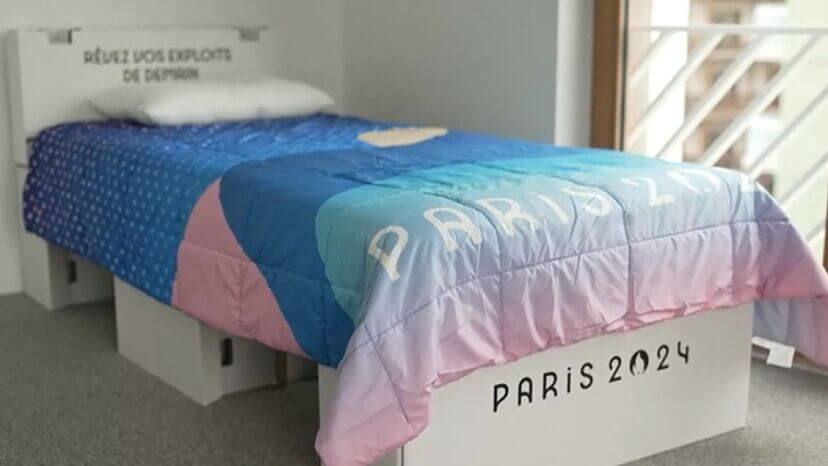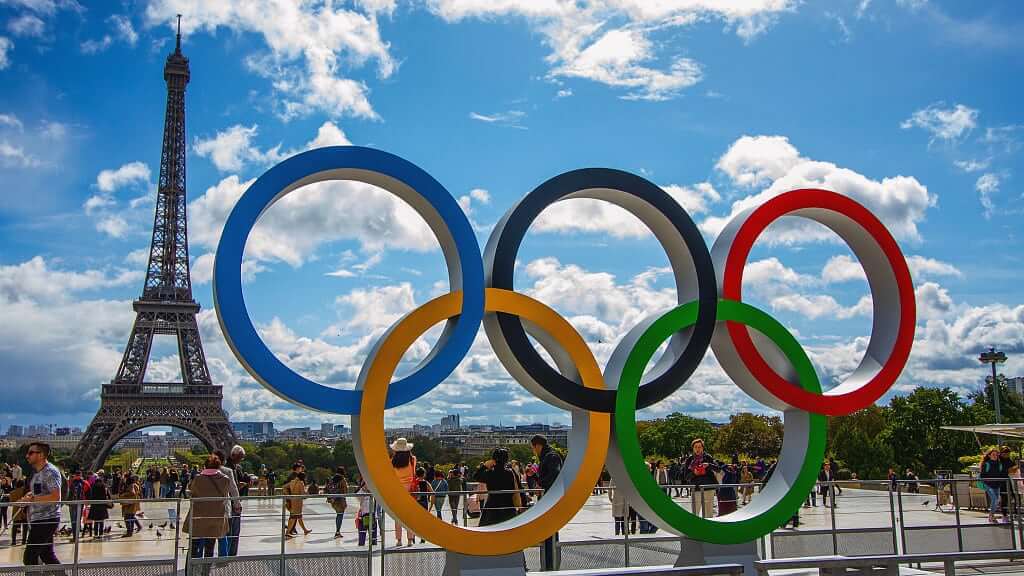When Paris last hosted the Summer Olympics a century ago, the organizers were determined to house all athletes together, resulting in the creation of the first Olympic Village. This village, consisting of simple wooden huts, was demolished soon after the Games.
Now, as the 2024 Olympics return to Paris, French officials are taking a markedly different approach. In their commitment to host the “most responsible and sustainable games in history,” they are constructing a facility designed for longevity.
Scalable and Sustainable Strategies
“This village is conceived as a neighborhood that will continue to thrive long after the games,” explained Georgina Grenon, the Paris 2024 director of sustainability. “We are merely leasing it for the duration of the games.”
This summer, athletes in the Olympic Village will not be staying in custom-built apartments; instead, they’ll be living in spaces that are set to become someone else’s home or workplace.
After the Paralympics conclude on September 8, the village, which comprises 82 buildings, will undergo a transformation into office space for 6,000 workers and residential apartments for an additional 6,000 individuals.
Efforts to Create Affordable Housing
The aim of the project is to offer a blueprint for addressing the housing crisis in Paris, where escalating interest rates, soaring prices, and a shortage of available properties have made it increasingly difficult to purchase or rent a home.
The demand for affordable housing is so acute that when a modest 10 square meter (108 square feet) apartment in the emerging 10th arrondissement was listed for rent last year at 610 euros ($614) per month, it drew an astonishing 765 applicants in under a week.
Part of the plan included the strategic decision to locate the Olympic Village in Paris’s historically underprivileged northern suburbs to help rejuvenate the area.
It is positioned at the intersection of three suburbs—Saint-Denis, a diverse, working-class area often linked with crime and insecurity; the quickly gentrifying Saint-Ouen; and Ile-Saint-Denis, an island on the Seine River. Post-Olympics organizers plan to dedicate a significant portion of the new housing developed for the Games to public housing: 32% in Saint-Denis and Saint-Ouen, and 48% in Ile-Saint-Denis.
Environmentally Positive Strategies
The entire plan and approach to the Olympic Village was focused on principles of sustainability, renewable energy, and other environmentally positive goals. You can see this in the following areas:
Construction
The newly constructed buildings were made using wood and recycled materials. According to Grenon, these methods decreased the project’s carbon footprint by 30% per square meter, exceeding the requirements of French ecological standards.
To reduce construction needs, organizers opted to retrofit several existing structures on the site temporarily or permanently. An old electric factory was transformed into a “resident center,” and existing movie studios in the area were rented to serve as training facilities for athletes, avoiding the need to build new ones, a common practice at other Games.
Recycled Materials

However, it’s not just the structures that emphasize sustainability—the furnishings within them do too. The village will accommodate around 3,000 apartments, outfitted with a total of 14,250 beds made from recyclable materials, similar to those used in Tokyo. These mattresses, crafted from reused materials, feature adjustable firmness simply by flipping them over. Additionally, stools made from cardboard have been chosen for their ease of recycling post-Olympics.
Natural Materials
Innovative environmental features extend beyond the buildings to the infrastructure of the Olympic Village. One particular sidewalk has been constructed using seashells, which are theoretically designed to absorb rainwater. On hot days, this stored water is expected to evaporate, helping to cool down passers-by.
Air Purifiers
Additionally, the village’s main thoroughfare is equipped with five experimental outdoor air filters. These large, UFO-like towers function similarly to vacuums, pulling in polluted air and filtering out dangerous particles.
According to the device’s creator, Jerome Giacomoni, these filters can clean “95% of the air of particulate matter—of all sizes.” He also noted that these five devices can purify the equivalent volume of 40 Olympic-sized swimming pools every hour, while consuming very little electricity.
Clean Cooling Systems
Unlike traditional air conditioning, the apartments for athletes will utilize a geothermal cooling system. This system involves water cooled to 4 degrees Celsius (39 degrees Fahrenheit) from deep underground wells at a nearby geothermal plant. The water is then circulated through pipes under the apartment floors, potentially lowering indoor temperatures by 6 to 10 degrees Celsius relative to the outside.
Laurent Michaud, the Paris 2024 Olympic and Paralympic Village director, noted that each apartment includes a thermostat allowing adjustments within a 2-degree range. This system, while primarily for cooling, will also serve to heat the apartments during winter months.
In response to potential heat waves, and to accommodate varying comfort needs, the village will offer delegations the option to rent individual air conditioning units. Paris Mayor Anne Hidalgo discussed the village’s design with Reuters in March, explaining that it was “designed to avoid the need for air conditioning, even in very, very high temperatures.” She urged trust in scientific guidance for constructing environmentally responsible buildings:
“We are on the brink of a precipice. Everyone, including the athletes, must be aware of this,” Hidalgo said. “We have to trust the scientists when they help us to construct buildings in a sober way that allows us to make do without air conditioning.”
Efforts to Take Climate Change Seriously
Addressing the broader context of climate change, Sebastian Coe, president of World Athletics, emphasized its severe implications for sports: “Climate change should increasingly be viewed as an existential threat to sport,” he stated in a recent report dated June 18, which explores the heat risks for this summer’s games.
His comments highlight the urgency of integrating sustainable practices in sporting events, especially as extreme heat events become more frequent and intense due to climate change. This is particularly pertinent for Paris, identified as a city where residents are exceptionally vulnerable to heat-related mortality.
Positive Example for the Future?
These measures are part of a larger vision for the Olympic Village, which aims to be a model eco-quarter. All buildings under eight floors are constructed from sustainable materials like wood and glass, and all energy is sourced from heat pumps and other renewable technologies. This approach not only addresses immediate environmental impacts but also sets a precedent for future Olympic venues and other large-scale projects.
